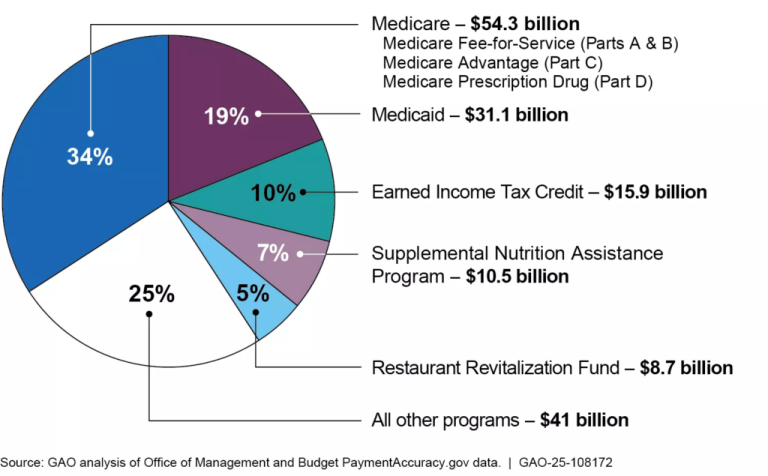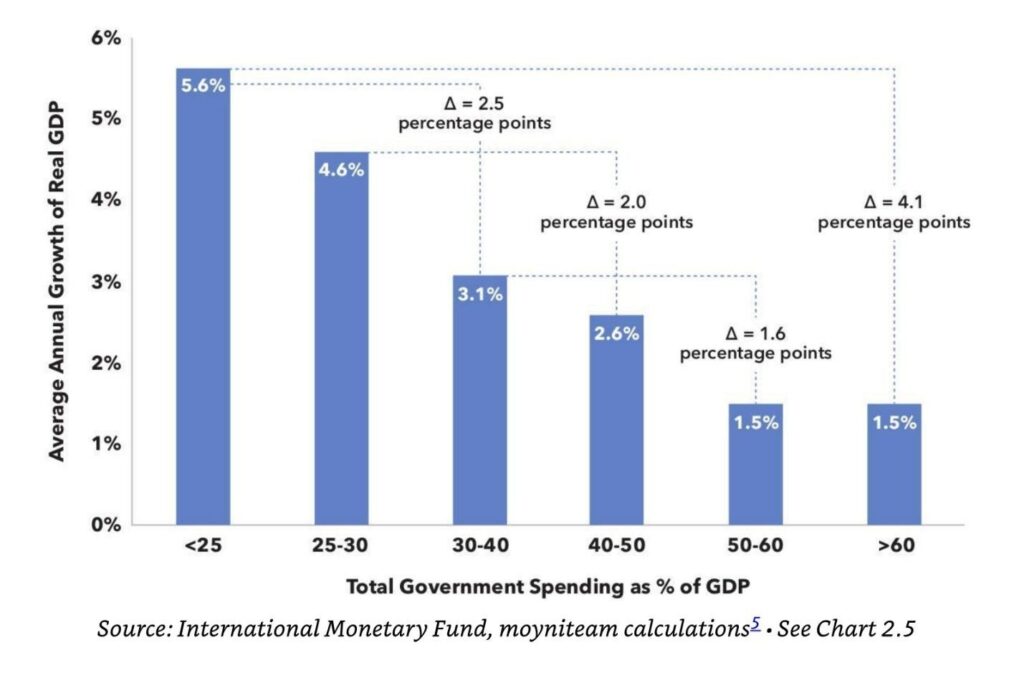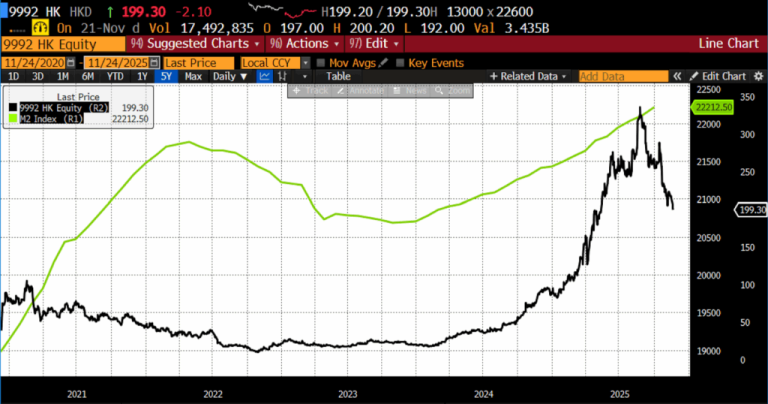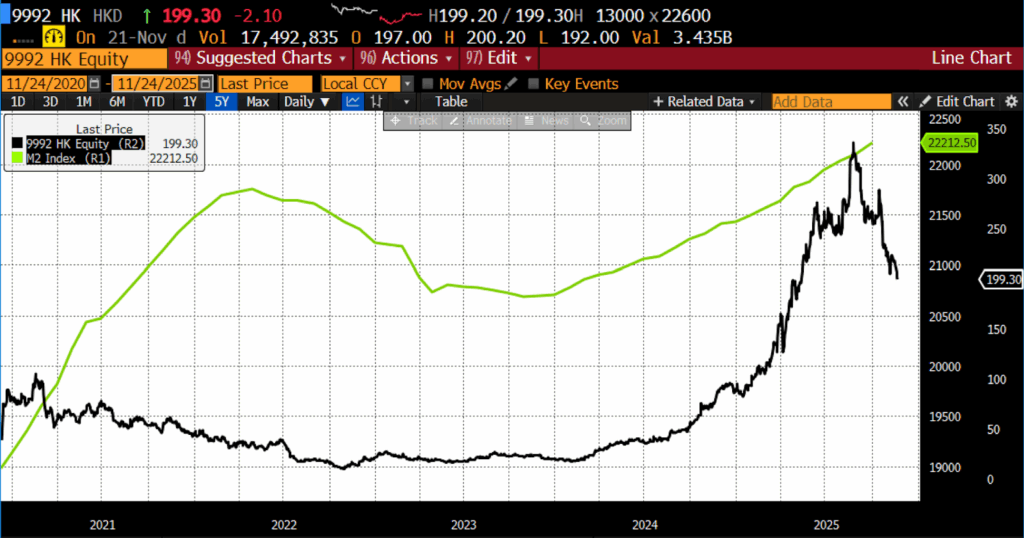In November, South Korean President Lee Jae-myung launched a crackdown on so-called hate speech online, claiming that such speech “crosses the boundary of freedom of expression.” Punishments can include fines and up to seven years in prison.
Unfortunately, South Korea’s not alone in its push to police what ordinary people can say on social media. Other countries that have recently passed laws to curtail citizens’ speech include Belarus, China, Turkey, Russia, Poland, Thailand, Brazil, Syria, and India. Like South Korea, these countries punish such speech harshly: in Turkey, citizens can face imprisonment of up to three years for a retweet, and in Poland prison sentences can run up to five years for an online insult.
Even countries that have historically respected freedom of speech and individual rights are backsliding: Germany recently cracked down on hate speech online, France has fined citizens for insulting its leaders, and the United Kingdom—once a bastion of Enlightenment ideals—now arrests 30 citizens per day for making offensive posts or comments online. In 2024, British subject Jordan Plain was sentenced to eight months in prison for filming himself making racist gestures and comments.
Even the United States is starting to backslide. When Larry Bushart posted a meme about a Charlie Kirk vigil in Perry County, Tennessee, local law enforcement arrested him. He spent 37 days in jail.
As the Foundation for Individual Rights and Expression (FIRE)’s Matthew Harwood argues, we are entering a “global free speech recession.”
In one sense, the global crackdown on online speech is understandable. Most people support freedom of speech, but balance this support with their support of other priorities, such as their desire to cultivate a culture that respects the rights and dignity of minorities. In the last decade, social media has shocked many of us with evidence of how heinous the views of some of our fellow citizens are. It’s understandable that someone might see a post on X with thousands of likes that implies that black Americans are genetically inferior to white Americans, and conclude that the government ought to do something to punish this kind of hateful speech.
But for all that the impulse to censor can be noble-hearted, it’s also wrong-headed. In practice, attempts to punish so-called hate speech run into several big problems.
First, these laws are written and implemented by flawed human beings in power, and history shows that people in power tend to prioritize their own interests. Advocates may intend these laws to support the dignity of downtrodden minorities, but somehow the people in power always decide that their own dignity is the highest priority. In Germany, for instance, politician Renate Künast supported punishing online speech on the grounds that some of her political opponents attributed a fake quote to her. “This harms my reputation,” she said, also complaining that she received online insults such as “You’re looking so ugly” or “You are an old woman.”
These insults surely sting. But Künast is also one of the most powerful and successful people in the country. Surely prosecutors ought to have higher priorities than protecting her from the affront of some constituents calling her ugly online?
It’s not just Künast. In France, a woman was arrested in 2023 and fined 12,000 euros for the crime of insulting French President Emmanuel Macron. Lèse-Majesté laws (which punish “an offense violating the dignity of a ruler”) are some of the oldest laws against free speech in the world, for the simple reason that the politicians who enforce censorship laws tend to prioritize punishing people they feel have insulted them personally.
In some countries, the intention of these laws to protect those in power is even made explicit. In 2019, for instance, Russian President Vladimir Putin signed a new law which would allow police to punish citizens for spreading information that the government feels presents “clear disrespect for society, government, state symbols, the constitution and government institutions.”
A second big problem with laws against so-called hate speech is that “hate speech” is a nebulous concept. One person’s hate speech is another person’s righteous indignation or fiery truth-telling. Consider the case of Trump suing CNN on the grounds that the network compared him too much to Adolf Hitler. Is such a comparison hate speech and disinformation, or is it a fair comparison? That probably depends on your opinion about the president. What is clear is that if Trump gets to determine the answer to that question, then a lot of honest criticism might get stifled as a result.
Or consider the case of racial slurs. Many proponents of bans on so-called hate speech want use of the n-word to be banned. But what about when it’s said by a professor while he’s reading verbatim from a James Baldwin essay?
These are just a couple of the legions of edge cases that would have to be adjudicated by any law that purports to punish hate speech.
And in the absence of clear-cut rules about what speech is and isn’t allowed, citizens can find themselves fined and even thrown in jail over vague and nebulous laws that are enforced ad hoc by judges. What one judge decides is legal today might cross the line into “hate speech” tomorrow.
If we want to fight the spread of disinformation and hate speech, there’s a much more effective way than nebulous laws that set out to punish online speech: counterspeech. The idea behind counterspeech is that extremist views and conspiracy theories are riddled with errors and faulty logic, and as such are ripe for debunking. Arguing against hateful ideas is a powerful way to dissuade people from adopting them and so limit their reach. A report from the United Nations puts it well: “As the key means to counter hate speech, the United Nations supports more speech – not less – and holds the full respect of freedom of expression as the norm.”
As a free society, we can also practice prebunking: that is, preemptively pointing out the arguments against a certain hateful idea, so that when people encounter said idea in the wild, they are less likely to fall for it. As counterterrorism expert Elizabeth Neumann argues in Kingdom of Rage, prebunking is a powerful way to combat political extremism.
One of the more promising findings in recent years is that we can build immunity to conspiracy theories and extremist ideologies much like we vaccinate against disease. While we cannot argue someone out of their ideology once they are radicalized, if we introduce a person to the manipulation techniques used and small amounts of the ideology framed in a negative way, it reduces the likelihood they will support the extremist ideology if they are ever exposed to it ‘in the wild’ in the future.
Some folks see the abuses of laws against so-called hate speech, but still support these laws on the grounds that we have to do something to combat hate speech and political extremism. But the truth is, there’s no tradeoff between supporting free speech and combating hate speech.
The more we empower citizens to speak freely and to point out the flaws in hateful ideologies, the less power those ideologies have.





